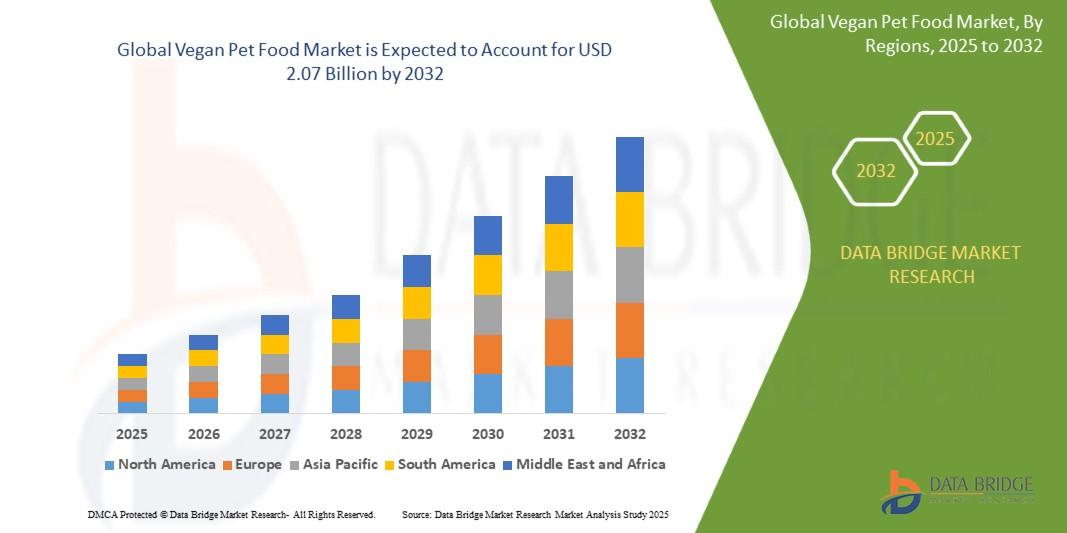The Foundational Economics of Digital In-Game Purchases

The digital entertainment landscape has been fundamentally reshaped by the rise of the Online Microtransaction model, a system where users can purchase virtual goods or services for small sums of money. This business strategy has shifted the industry's focus from a single, upfront purchase to a continuous revenue stream, often referred to as "games as a service." Initially met with skepticism, this model has proven incredibly lucrative, allowing developers to fund ongoing content updates, server maintenance, and new projects. It offers players flexibility, enabling them to engage with games, particularly free-to-play titles, without a significant initial financial commitment. This approach has democratized access to high-quality gaming experiences, making them available to a global audience that might otherwise be unable to afford premium-priced titles, thereby expanding the total addressable consumer base for digital interactive entertainment products.
At its core, the microtransaction model is driven by a diverse array of virtual items that cater to different player motivations. These can be broadly categorized into cosmetic and functional purchases. Cosmetic items, such as character skins, emotes, and weapon designs, offer no competitive advantage but allow for personal expression and social status within the game's community. This model is widely seen as the most ethical approach. Conversely, functional microtransactions can provide tangible gameplay benefits, such as power-ups, experience boosts, or time-savers that accelerate progress. This latter category often courts controversy, with critics arguing that it can create "pay-to-win" scenarios that unbalance the competitive playing field. Developers must carefully navigate this distinction to maintain a healthy and fair ecosystem that encourages spending without alienating the player base through perceived unfairness or predatory practices.
The psychological principles underpinning the success of microtransactions are complex and multifaceted. They tap into core human desires for customization, convenience, and competitive advantage. Limited-time offers and exclusive seasonal items create a sense of urgency, encouraging impulse purchases through the fear of missing out (FOMO). Furthermore, the free-to-play model effectively lowers the barrier to entry, drawing in a massive user base. Once players are invested in the game and its community, they become more likely to spend small amounts to enhance their experience or showcase their dedication. This strategic blend of accessibility, psychological engagement, and ongoing content delivery has solidified the microtransaction model as a dominant and enduring force in the modern digital economy, extending its influence beyond gaming into other app-based services.





